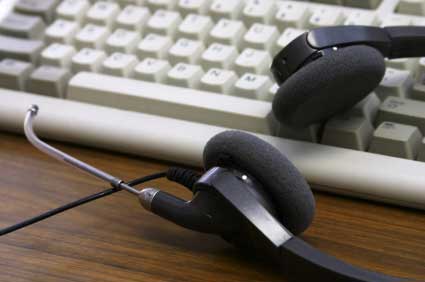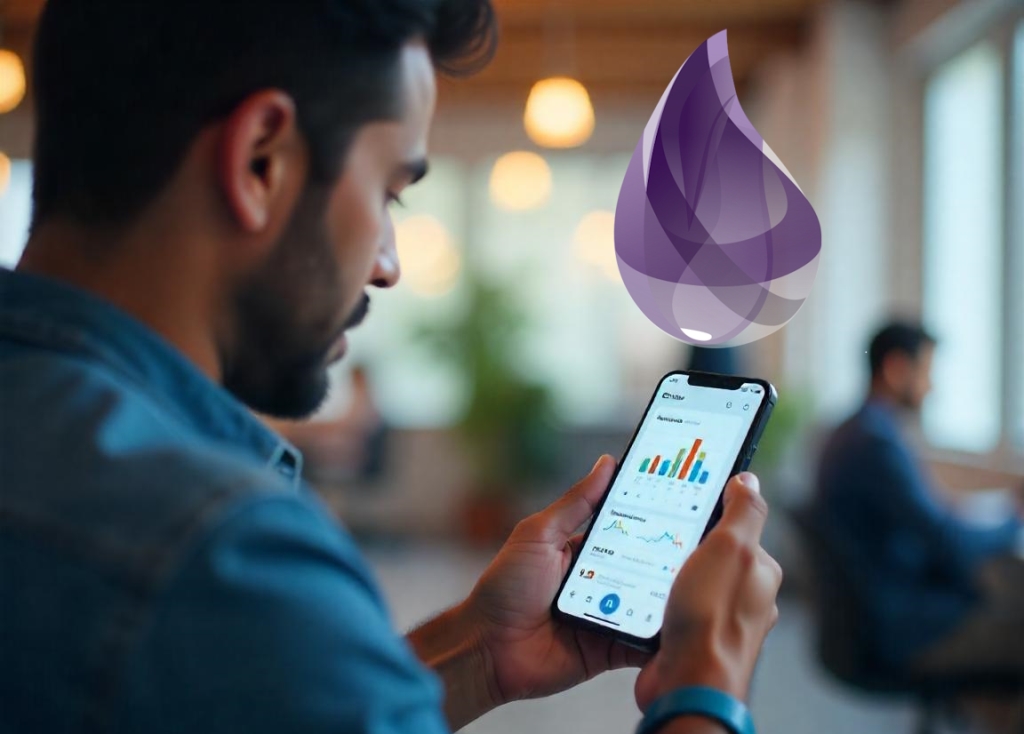
Transcription is a service that is highly sought after by a variety of professionals, including doctors, journalists, lawyers, and business people. Transcription basically entails listening to an audio recording and then typing the contents in a text document. This service is mainly done by a highly trained transcriber. In the past, transcription required recordings on tapes and cassettes. Today, a variety of modern equipment and special software is normally used. Transcribers who are still stuck in the past and are using cassette tapes are advised to make the switch to digital devices. This is because modern equipment offers the transcriber a variety of benefits as well as makes the process of transcribing easier. Below is a guide to help transcribers make that crucial move.
Recording Equipment
There are several options to choose from when looking for recording equipment and these include:
- Call-in systems: With these systems, users pick a phone, dial, and begin dictating as well as give whatever instructions. The dictation is sent to a specified pathway which can be an email address or a certain network. This method sends the audio file to the transcriptionist immediately after the dictation is done.
- Digital recorders come in a variety of handheld devices, which the transcriptionist can take on the road. Most of these devices have a USB cable that connects to computers. Clients can connect digital recorders to the computer, transfer audio files, and send them off for transcription. Audio typists on the other hand can use digital recorders to record dictations and conferences.
Transcription Devices
Transcription equipment for digital files mainly consists of a foot pedal and integrated software. Both the foot pedal and software work hand in hand during the transcription process. The software is installed on the computer while the foot pedal connects to the PC. The software allows the transcriber to play, pause, fast forward, and back step the audio files through foot pedal control. The transcriber can also be able to alter the speed of digital files.
How to Transfer Audio Files
The ways in which audio files can be sent from the client to the transcriptionist include;
- Automatically: One option of transferring files to a transcriber includes linking two computers to the same website. This method is ideal for clients who have a lot of transcription work to de done and as such have hired a permanent transcriptionist. The client is able to share audio files on his/her computer and then allow access to these files on a common network. Both the client and transcriber can be able to access any available audio file once they log onto their respective computers.
- FTP: File Transfer Protocol (FTP) is a storage site that is normally bought by transcribers and is the ideal alternative to using email to transfer files. This option is also ideal where transcription is to be done on large files.
- Emailing: This option simply involves uploading digital files onto your computer and then sending them to the transcriber via mail. The transcriber then works on the files and sends the transcribed files back to you through email.
Bruce Allen is a writer who loves all things transcription. He has worked with a great transcription service company – 1st Class, in his role as a blogger and content marketer. Bruce has a keen interest in transcription services and loves to provide useful information on this topic.















